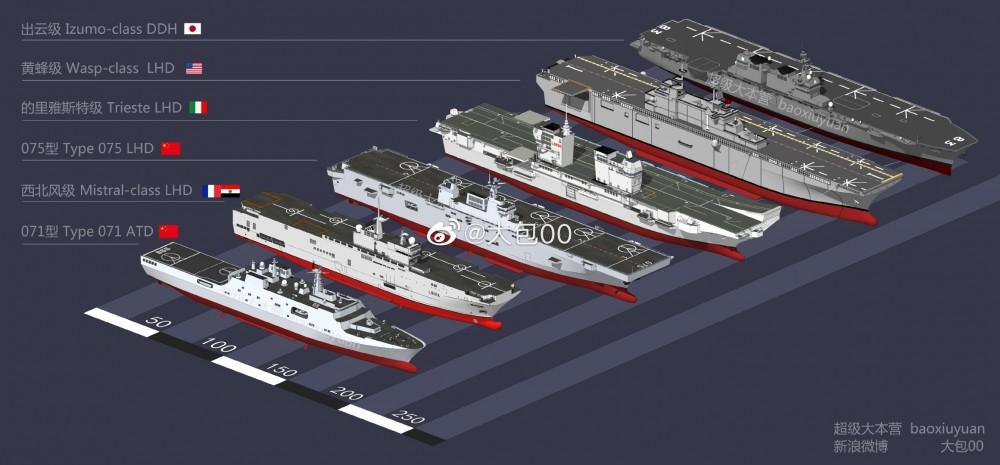Agreed FJAG,
Good and bad, we are ultimately blessed to be right next door to the world's major superpower. We all have family and friends on both sides of the border, and enjoy relatively free travel between the two.
And that was my ultimate point -- if a majority of our exports to China is food/agriculture, I'm sure we could find someone else who would happily take their place.
The world's population is swelling, and people need to eat. I mentioned India because as another country with a population of 1 Billion+ -- could we not replace most of our exports that we have with China, yet have substantially less hassle?
If the west helped support low-cost manufacturing in literally ANY of those other countries mentioned, I feel like we'd all be better off in the long run. Relying on an emerging enemy as our source of a majority of our goods isn't going to pan out well in the long run, I fear. :2c:
Good and bad, we are ultimately blessed to be right next door to the world's major superpower. We all have family and friends on both sides of the border, and enjoy relatively free travel between the two.
And that was my ultimate point -- if a majority of our exports to China is food/agriculture, I'm sure we could find someone else who would happily take their place.
The world's population is swelling, and people need to eat. I mentioned India because as another country with a population of 1 Billion+ -- could we not replace most of our exports that we have with China, yet have substantially less hassle?
If the west helped support low-cost manufacturing in literally ANY of those other countries mentioned, I feel like we'd all be better off in the long run. Relying on an emerging enemy as our source of a majority of our goods isn't going to pan out well in the long run, I fear. :2c:





